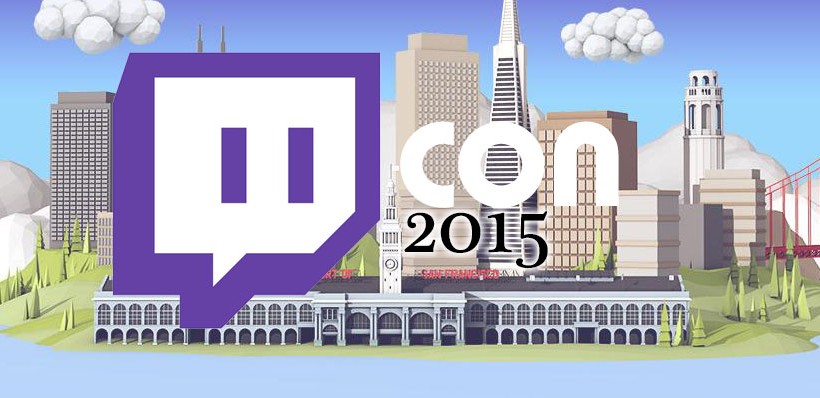At the end of this week, I will be attending TwitchCon, a convention which exists to bring together people who stream themselves playing video games for online audiences. When I was growing up, I wasn’t aware that this could even be a profession, or that there would be any interest whatsoever in watching other people play games. I wouldn’t have understood it, and I’m not certain that I understand it now. However, I’ve been doing it for the better part of this year in some form or another, so it certainly intrigues me.
The conclusion that I’ve come to is that the success of Twitch and game-streaming, particularly live-streaming, is actually a strong reflection of the medium. When you look at other popular mediums, such as film, television, print, and music, there are always fans and critics who adore and consume media with a voraciousness and complexity that supercedes the average consumer. These are the diehards, the ones who meet in coffee houses, or in book clubs, or on internet forums to discuss in-depth how a piece of art or entertainment made them think or feel.
However, these communities typically crop up around various personal, one-sided engagements with media. You don’t read books in groups, you read them by yourself and then discuss them. Film viewers often view movies in theaters with dozens of others, but they don’t communicate during the film and wait to discuss it until after. Television is similar, with people taking their personal experiences with the show online to compare with others. The uni-directional influence of these media is reflected in how we consume and communicate about them.
Gaming, on the other hand, is different. It is an active medium for the consumer, not a passive one. While traditional forms of communication and criticism are still valid, it leads to a desire for a more active form of discussion, too. This, I feel, is why game streaming is becoming so popular that the most viewed and subscribed channel on Youtube is a video game commenter. There’s a real desire for game communities to interact with and break down games in real-time, rather than waiting and dissecting their experiences later.
Another thing I find fascinating about game streaming is the diversity of games that people play online. It’s no surprise that multiplayer titles, like League of Legends and Counter-Strike: Global Offensive, are popular. Being able to talk with others and experience a game together scratches a similar social itch that multiplayer gaming does, and is more inviting to those who simply aren’t very good at video games. But other games that are primarily single-player focused can be popular, too. On my Youtube channel, I’ve been streaming narrative games where your choice dictates the story. These have been quite popular; since different choices can propel the stories in different directions, viewers can see more and more of what a game has to offer with each playthrough. The more personal nature of these playthroughs is a boon for the community, too. The player and viewers get to experience a wholly-unique version of events together.
Despite all this, I feel like I’m still rationalizing something that I don’t quite have a handle on. I’ve always been the type of person who would rather experience a game first-hand than view another with it. But watching the exponential rise in popularity of second-hand gaming has been a thrill. Mainstream culture may be dismissive, but this does not appear to be a simple fad. Instead, we’re witnessing a brand new way of consuming and experiencing media, and I feel privileged to be getting in on the ground floor.
